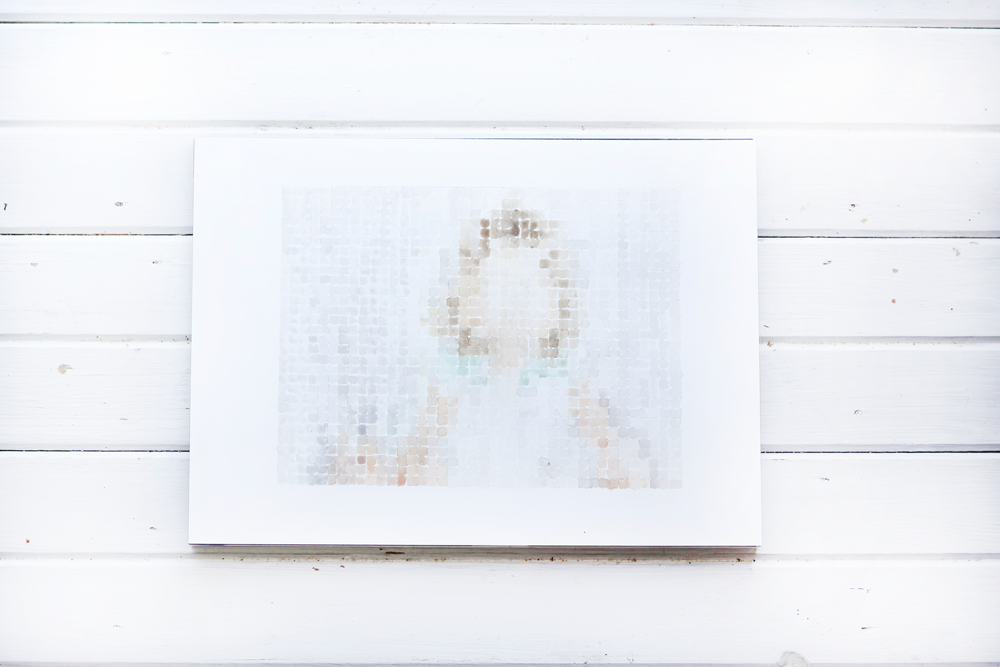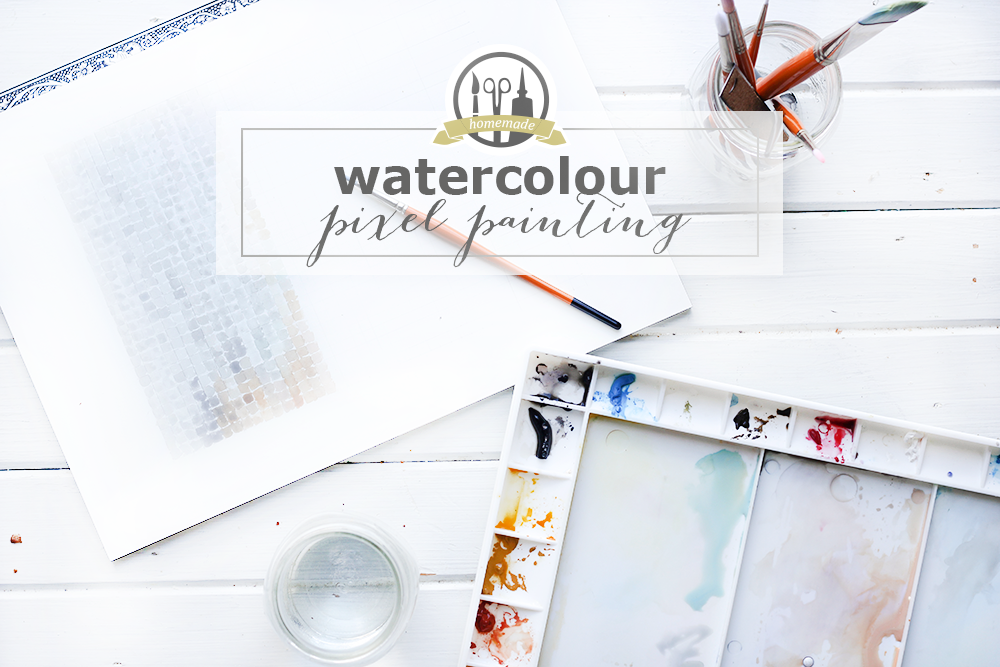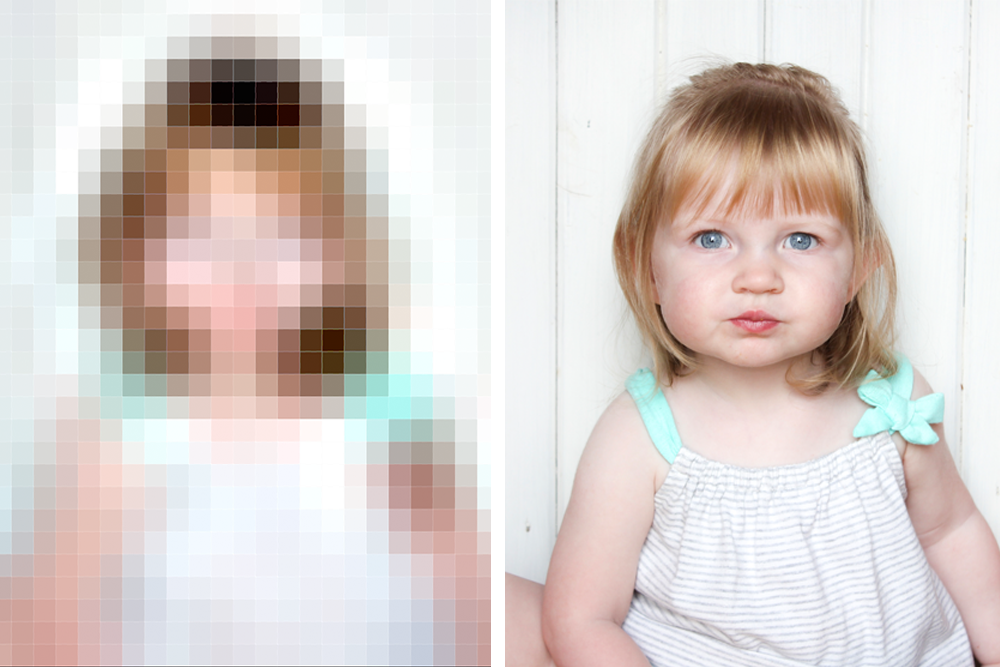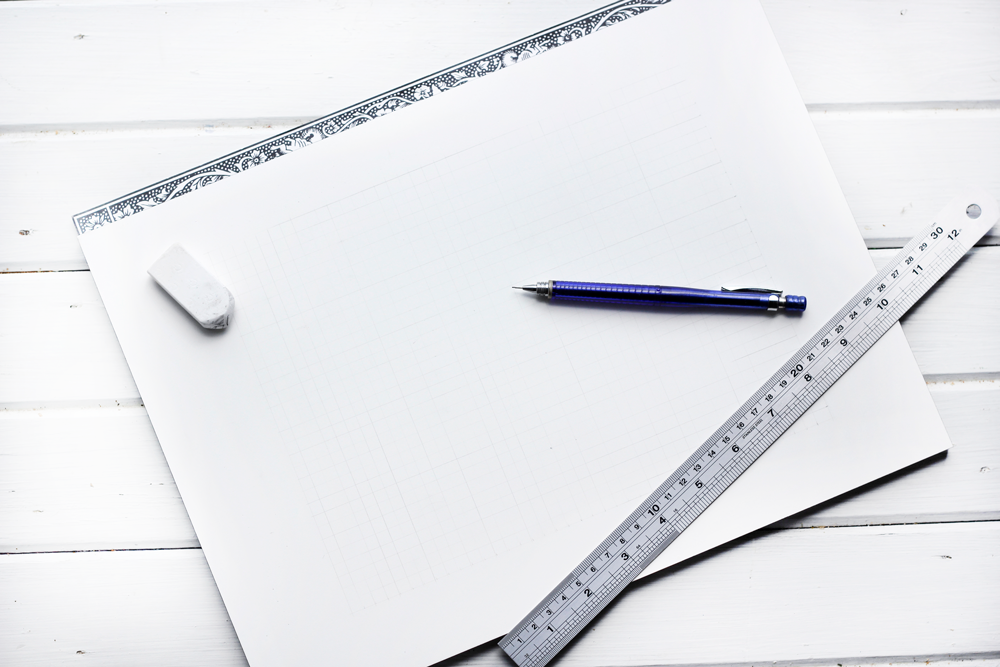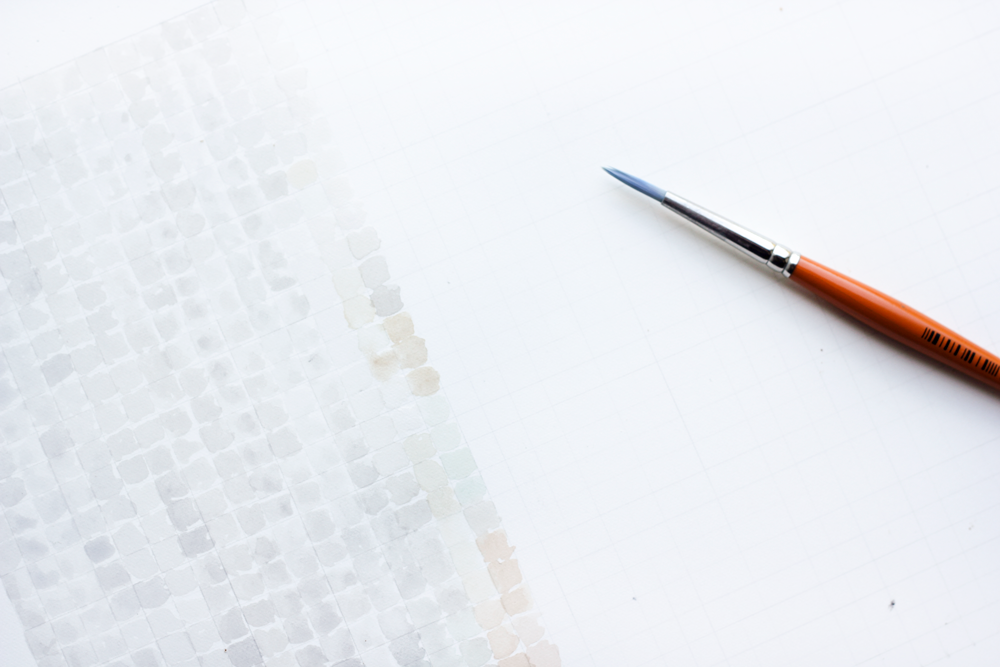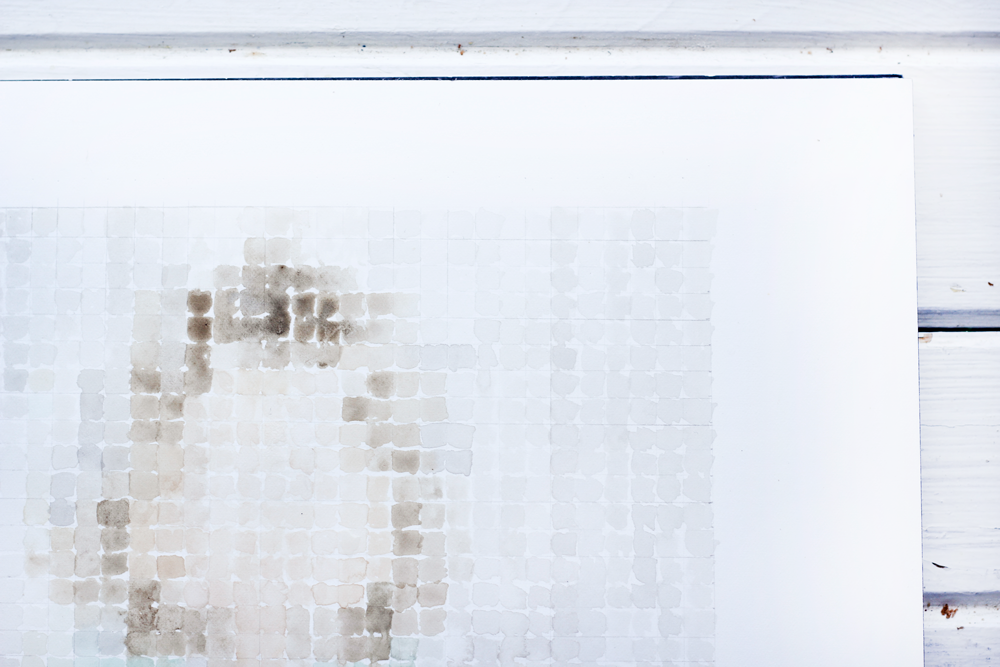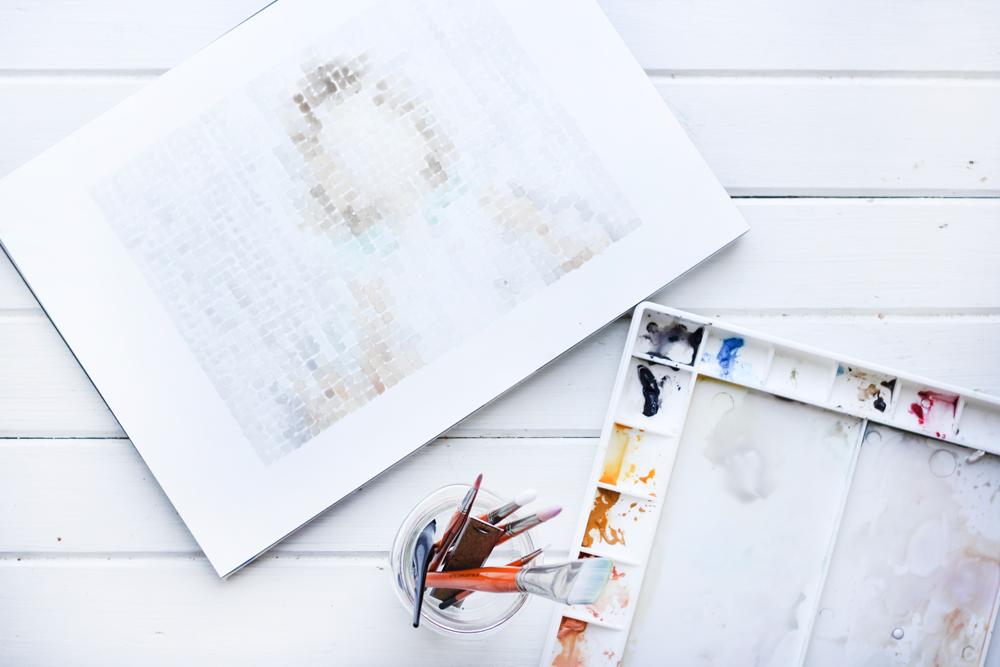I have always been envious of painters.
I’ve always been an artsy type of person my entire life, always adventurous in trying new mediums and new techniques, however I could never really figure out painting. I always wanted to paint a realistic portrait of someone, but after attempting for many hours, the result was anything but… I took an art elective class in University, a welcomed escape from my hectic engineering packed schedule, where the focus was acrylic painting. I felt I learned a wealth of knowledge, but most of my paintings ended up being of bridges.
Yes, I am a typical engineer.
Fast forward a few years. I’ve noticed a growing trend (on Instagram anyway) in watercolour. Watercolour is a beautiful technique using water soluble pigment, applied in transparent water ‘washes’ and without the admixture of white pigment in lighter tones. After studying these beautiful paintings by talented artists around the work, I of course wanted to try it out myself. For me, the unpredictability and uncontrollable nature of watercolour makes it the most exciting and expressive medium of all. The opportunity to meander somewhere between mastery and complete lack of control during the course of a painting makes it so much more engaging than other mediums. I love that detail is not a necessity. The washes and washes of colours add layers to your canvas that overtime slowly evolve into a perfect painting. I have much to learn about watercolour. I only understand the true basics of the techniques, but I think I’ve found something that I can work at for the next 30 years and still remain engaged and enthusiastic.
This brings me to a fun painting project that I discovered by mistake, but has actually helped me understand how to work this magical paint. While resizing images one afternoon, I mistakenly resized one to 20 pixels wide. All I could see were squares of bright colour, and no real object in the photo, however when I stepped away from the computer, I could make out the image clear as day. That’s when I decided that pixel painting was my thing! It literally is an adult version of ‘paint by numbers’…without the numbers! Remember when I said all I wanted to do was paint a portrait?
It really is quite simple to do. I’ve been pleasantly surprised by the end result every time I’ve created a painting. Like I said before, I am just starting to learn watercolour. This little DIY is not a tutorial on how to use watercolour, but rather, how to create a painting using the “pixel” technique. There are many places on the world wide web that can teach you the basics of using watercolour – try SkillShare, YouTube, Nicole’s Classes to name a few!
First you must gather your supplies
- watercolour paint
- watercolour brushes
- hot rolled watercolour paper
- pencil
- ruler
- eraser
- lots of water
- an electronic image you want to paint
Before doing any work on the page you have to resize your image. I use Photoshop and resize my image to be between 20-40 pixels wide. Once you zoom as far in as you can you will see a series of coloured squares, otherwise known as pixel.
Next use your pencil and ruler to make a grid to match the same number of pixels on your photo. Draw your lines lightly! You will want to erase them once the painting is finished (and dry)!
And now all you do is literally paint in the squares in relation to those on your pixilated photo. Pay attention of the shades throughout the painting. You don’t want to start too dark if there are darker shades later in your painting.
Once your painting is finished and dry you can erase the light pencil lines you initially drew.
So gather up some pencils, paint and paper and whatever else you need to make some marks, then have some fun, run some risks and don’t worry too much about what it is that constitutes a watercolour – if what you do falls outside the definition, be happy just to call it a painting or even a work of art!
